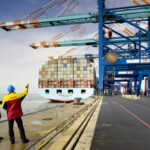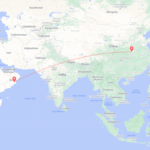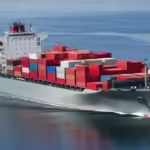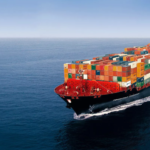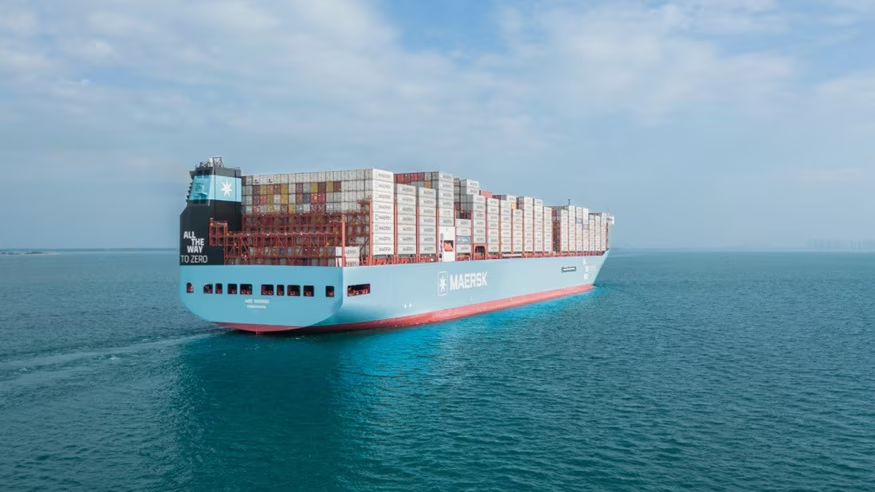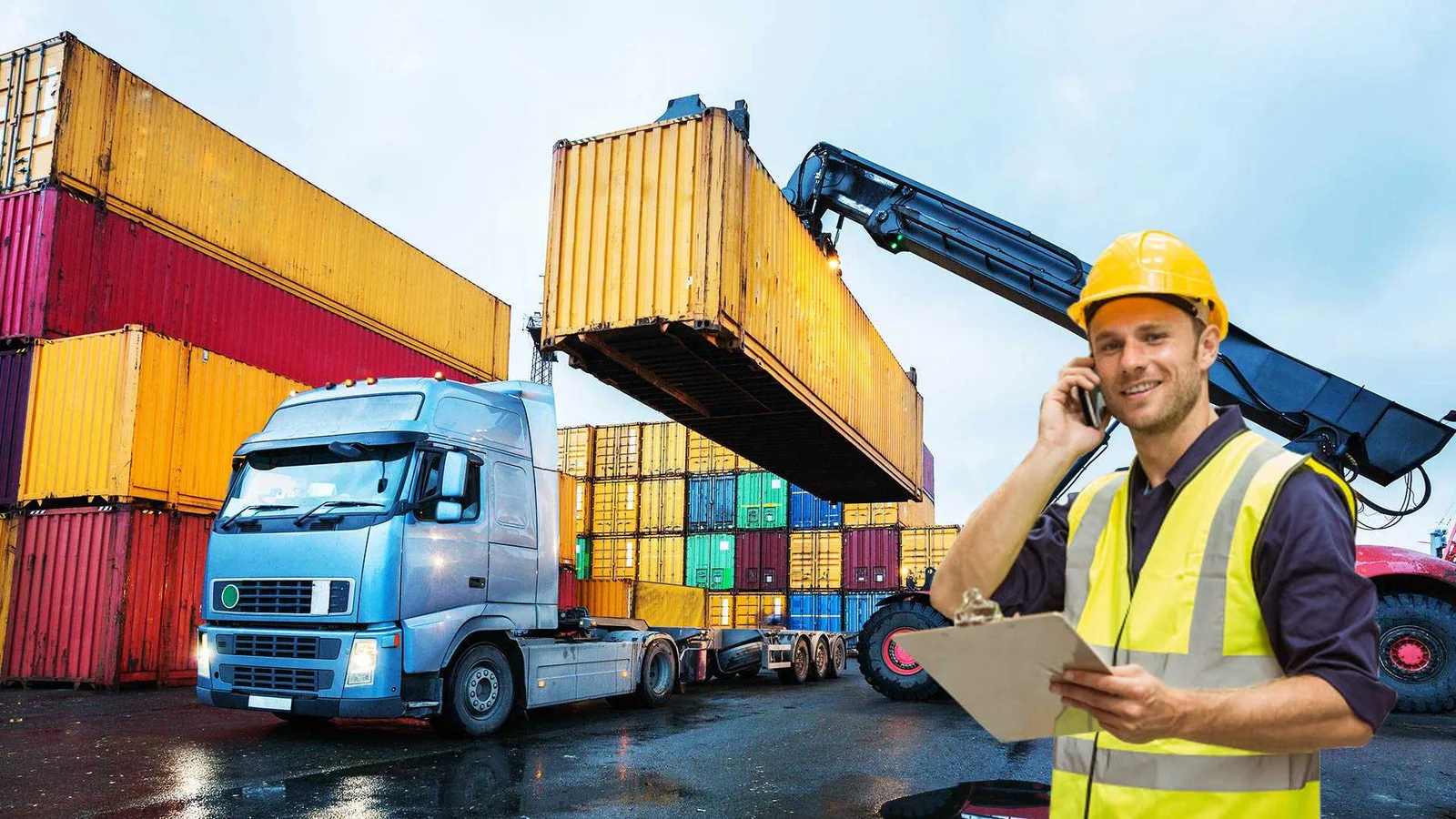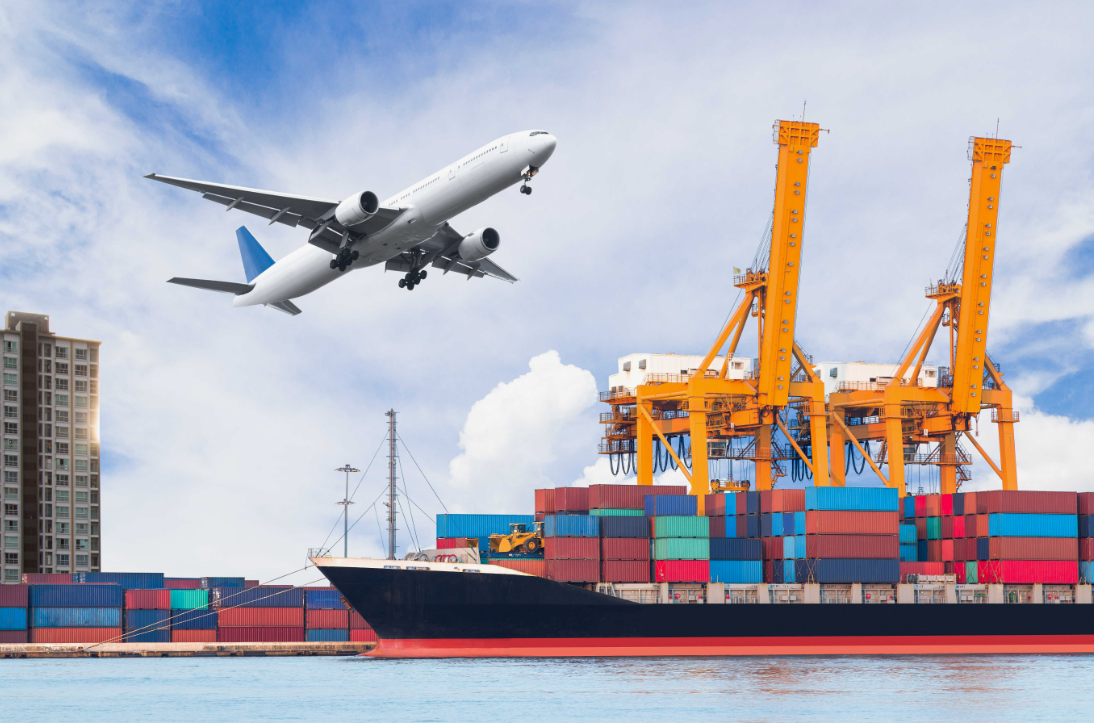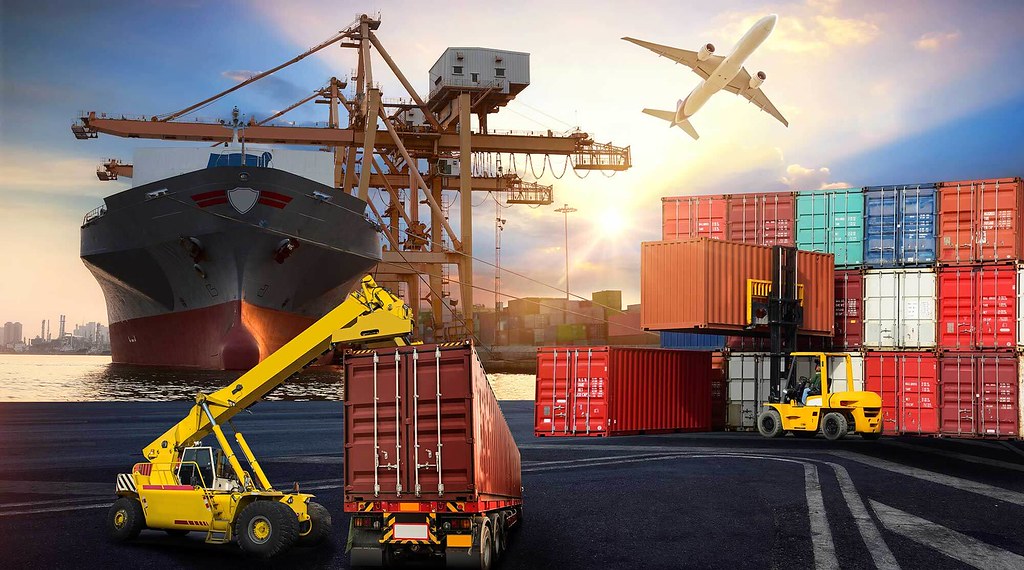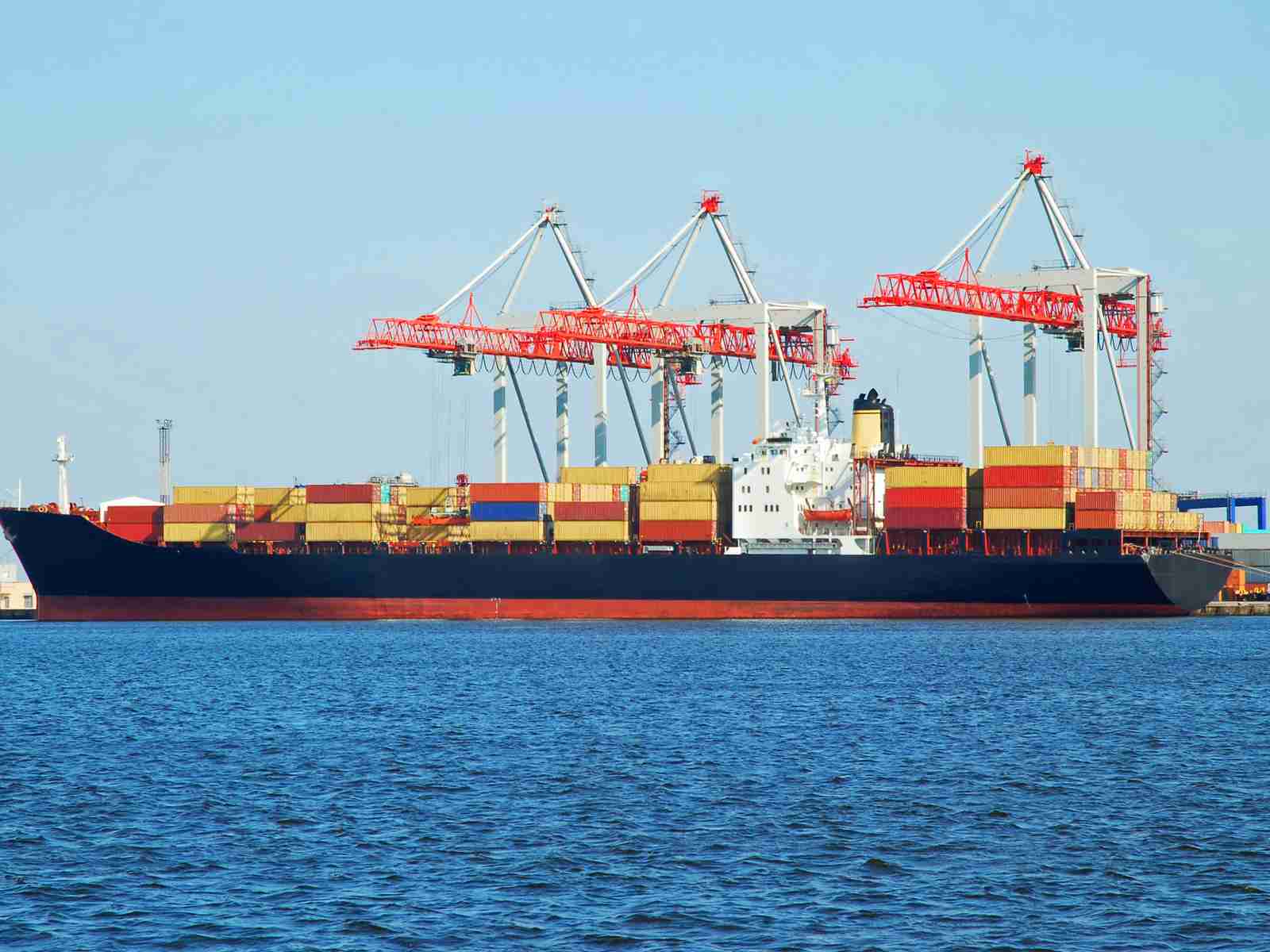Navigating the complexities of international shipping can be daunting, especially when it comes to shipping from China to Oman. Among the various transportation methods available, sea freight stands out as a highly efficient and cost-effective option for businesses looking to import goods. This guide delves into the numerous benefits of sea freight, including its affordability, capacity for large shipments, and environmental advantages. Additionally, we will explore the various types of sea freight services, factors affecting costs and delivery times, and insights into selecting a reliable freight forwarder. Whether you’re a seasoned importer or new to the logistics landscape, this comprehensive guide will equip you with the knowledge needed to optimize your shipping strategy.
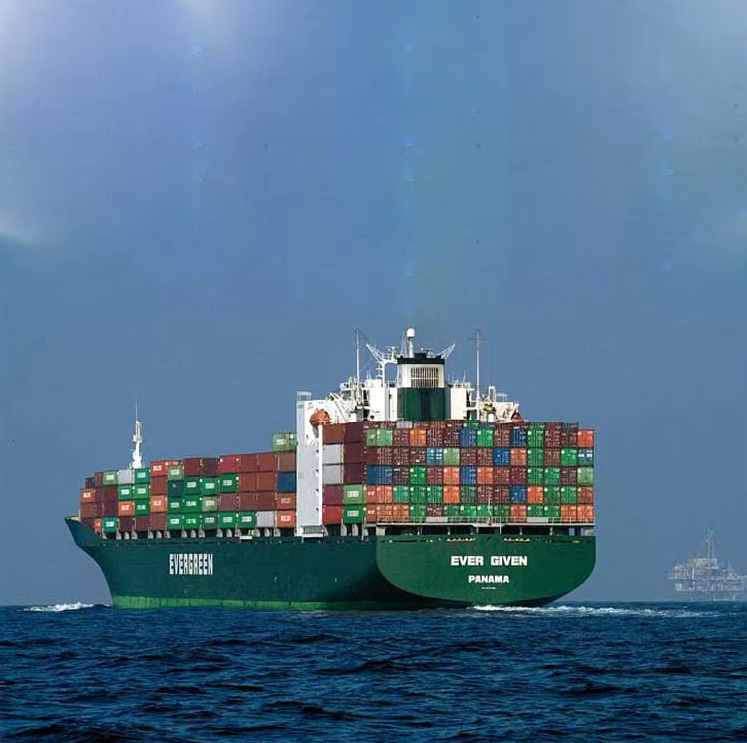
Why Choose Sea Freight for Shipping from China to Oman?
When considering logistics for shipping from China to Oman, one of the most advantageous methods is sea freight. This mode of transportation offers several benefits that make it the preferred choice for many importers and businesses. Below, we delve into the compelling reasons to opt for sea freight, highlighting its cost-effectiveness, capacity, and other essential features.
Cost-Effective
One of the most significant advantages of using sea freight is its cost-effectiveness. Compared to air freight, which tends to be substantially more expensive, sea freight allows businesses to transport larger volumes at a fraction of the cost. According to the World Bank, the average cost of shipping via sea is significantly lower, particularly for bulk and heavy cargo. Importing goods via sea freight can lead to substantial savings, making it an ideal choice for businesses looking to optimize their logistics budget.
Accommodates Large Shipments
Sea freight is exceptionally suited for accommodating large shipments. This mode of transportation can handle bulky and heavy items that would be impractical to ship via air. Businesses importing machinery, raw materials, or large quantities of consumer goods will find that sea freight provides the necessary capacity and flexibility. The ability to transport large volumes not only streamlines operations but also ensures that businesses can meet demand efficiently without frequent shipments.
Versatile Container Options
The versatility of container options available in sea freight enhances its appeal for international shipping. Importers can choose between various container types, including standard dry containers, refrigerated containers for perishables, and specialized containers for oversized cargo. This flexibility allows businesses to tailor their shipments to specific needs, maximizing efficiency. Whether importing textiles, electronics, or automotive parts, the availability of container options makes sea freight a practical choice.
Reliable Transit Times
While sea freight is not as fast as air freight, it offers reliable transit times that many businesses can plan around. Shipping from China to Oman generally takes a few weeks, a timeframe that is predictable and allows for better inventory management. This reliability is further enhanced by the well-established shipping routes and schedules maintained by freight carriers. Importers can leverage this predictability to ensure that they meet customer demand and minimize stockouts.
Environmentally Friendly
In today’s eco-conscious market, the environmental impact of transportation is a growing concern. Sea freight is one of the most environmentally friendly shipping options available. According to a study by the International Maritime Organization (IMO), shipping by sea generates significantly lower CO2 emissions per ton-mile compared to air and road transport. Businesses that prioritize sustainability can benefit from choosing sea freight, demonstrating their commitment to reducing their carbon footprint.
Reduced Risk of Damage
Shipping goods via air can expose them to higher risks of damage due to the speed and handling involved. In contrast, sea freight generally involves less handling and allows for more secure packing options. Containers are designed to protect cargo from the elements, reducing the likelihood of damage during transit. This added layer of protection is essential for businesses looking to safeguard their investments and maintain product quality.
Types of Sea Freight Services
Understanding the types of sea freight services available is crucial for making informed logistics decisions. The two primary categories are Less Than Container Load (LCL) and Full Container Load (FCL), each catering to different shipment needs.
Less Than Container Load (LCL)
Less Than Container Load (LCL) is ideal for businesses that have smaller shipments. In this arrangement, multiple shippers share the space within a single container, allowing for cost savings on shipping fees. This service is particularly beneficial for small to medium-sized businesses that may not require a full container’s worth of cargo. By consolidating shipments, businesses can optimize costs while still ensuring timely delivery. Moreover, LCL services often provide more flexible shipping options, allowing for a wider range of goods to be shipped without the need for extensive wait times.
Full Container Load (FCL)
Conversely, a Full Container Load (FCL) service is suitable for larger shipments where a single business uses an entire container exclusively for its goods. This option provides several advantages, including reduced shipping times, lower risk of damage (since the cargo is not mixed with others), and greater control over the shipment. FCL is an optimal choice for businesses that regularly import large quantities of goods. Additionally, FCL may result in overall lower shipping costs per unit compared to LCL, especially when shipping heavy or bulky items.
By leveraging the appropriate sea freight services, businesses can ensure that their shipping needs from China to Oman are met efficiently and cost-effectively. Whether opting for LCL or FCL, Dantful International Logistics is here to provide comprehensive support and expertise in your logistics journey. With a commitment to high-quality, cost-effective solutions, Dantful can help facilitate your shipping needs seamlessly. For more information about how we can assist you, explore our shipping services today.
Shipping From China to Middle East Countries:
- Shipping from China to Saudi Arabia
- Shipping from China to UAE
- Shipping from china to KUWAIT
- Shipping From China To EGYPT
- Shipping from China to Bahrain
- Shipping From China To Jordan
- Shipping From China To Israel
- Shipping from China to Qatar
- Shipping From China To IRAQ
- Shipping from China to Iran
Factors Affecting Sea Freight Costs and Delivery Times
When it comes to shipping from China to Oman, several factors influence both the costs and delivery times associated with sea freight. Understanding these variables can aid businesses in making informed logistical decisions and optimizing their supply chain.
Shipping Ports
The choice of shipping ports plays a crucial role in determining transit times and shipping costs. Major ports in both China and Oman serve as gateways for international trade, and their efficiency can significantly impact your overall experience. Below is a comparison of some key ports:
| China Ports | Oman Ports | Impact on Transit Times | Comments |
|---|---|---|---|
| Shanghai | Port Sultan Qaboos | 20-30 days | Major hub with multiple shipping lines |
| Shenzhen | Salalah | 25-35 days | High freight volume |
| Ningbo | Duqm | 25-30 days | Emerging port, increasing capacity |
| Guangzhou | Sur | 25-32 days | Smaller port, less frequent services |
Note: Transit times can vary based on shipping schedules and vessel availability.
Efficient and well-connected ports typically lead to shorter transit times, enabling businesses to manage inventory levels more effectively and respond to market demands promptly.
Shipment Size and Weight
The size and weight of the shipment directly affect freight costs. Sea freight providers calculate rates based on the greater of the actual weight or the volume weight (dimensional weight) of the cargo. As a result, larger and heavier shipments incur higher costs. Businesses should consider optimizing packaging and load configurations to maximize space and reduce shipping expenses. Ensuring that shipments are within the weight and size limits outlined by the carrier can also prevent additional charges.
Commodity Type
The type of goods being shipped can introduce various restrictions and special requirements. Certain commodities, such as hazardous materials and perishable items, have specific guidelines that must be followed during transportation.
-
Hazardous Materials: These require special labeling, handling procedures, and shipping containers that comply with international regulations. This often leads to increased costs due to the additional safety measures required.
-
Perishable Items: The transportation of perishable goods demands refrigeration and climate control, which can affect costs and transit times. Special requirements for handling and timely delivery must be factored into logistics planning.
Being aware of these restrictions is essential for maintaining compliance and ensuring the safe arrival of goods.
Sea Freight Costs from China to Oman
Understanding the costs associated with sea freight is vital for any business looking to import goods. This section breaks down various components of sea freight costs, focusing on container rates and additional fees.
Cost per Container
The cost per container can vary considerably based on the size of the container and the specific port pairs involved in the shipping process. Below is a comparative table of the estimated costs for 20ft and 40ft containers:
| Container Size | Shipping Cost (USD) | Port Pair Examples |
|---|---|---|
| 20ft | $1,200 – $1,800 | Shanghai to Port Sultan Qaboos |
| 40ft | $2,200 – $3,500 | Shenzhen to Salalah |
| 20ft | $1,000 – $1,500 | Ningbo to Duqm |
| 40ft | $2,000 – $3,000 | Guangzhou to Sur |
Note: These prices are estimates and can fluctuate based on market conditions, fuel prices, and shipping demand.
Additional Fees and Charges
In addition to the base shipping costs, several additional fees can accrue during the sea freight process. Businesses should account for these expenses to avoid unexpected costs:
-
Customs Duties and Taxes: Varies based on the nature of the goods imported and the regulations set forth by Omani customs authorities. Importers should be aware of the HS codes associated with their products to estimate potential duties.
-
Documentation Fees: Charges related to the preparation and processing of import/export documentation, including bills of lading and customs declarations.
-
Handling and Storage Costs: Fees that may be charged for loading and unloading containers, as well as any fees for storage if goods are held at port facilities.
By adopting a comprehensive understanding of these costs and factors, businesses can effectively manage their logistics strategy, ensuring a smooth and cost-efficient shipping experience from China to Oman. For expertise in navigating sea freight logistics, consider partnering with Dantful International Logistics, a reputable provider known for its high-quality, cost-effective solutions. Explore our services to learn how we can assist your shipping needs efficiently.
Sea Freight Transit Times from China to Oman
When planning logistics for shipping from China to Oman, understanding transit times is crucial for effective supply chain management. Sea freight transit times can vary significantly, depending on various factors such as the type of delivery service chosen and the efficiency of customs clearance. Below, we explore both port-to-port and door-to-door delivery options.
Port-to-Port Delivery
Port-to-port delivery refers to the transit time from one port of origin in China to a destination port in Oman. Several factors influence these transit times, including shipping routes, vessel speeds, and port congestion.
Typical Transit Times for Major Port Pairs
Here are typical transit times for various major port pairs involved in shipping from China to Oman:
| Port Pair | Typical Transit Time |
|---|---|
| Shanghai to Port Sultan Qaboos | 20-25 days |
| Shenzhen to Salalah | 22-30 days |
| Ningbo to Duqm | 25-30 days |
| Guangzhou to Sur | 25-32 days |
These transit times may fluctuate based on a variety of operational factors, including:
- Vessel Availability: Delays may occur if vessels are not sailing on schedule.
- Environmental Conditions: Weather can impact transit times, especially during monsoon seasons or typhoons.
- Port Efficiency: The speed at which cargo is loaded and unloaded can affect overall delivery times.
Understanding these factors helps businesses anticipate potential delays and better manage customer expectations.
Door-to-Door Delivery
Door-to-door delivery encompasses the entire process from the seller’s location in China to the buyer’s designated address in Oman. This service is particularly beneficial for businesses requiring comprehensive logistical solutions.
Importance of Efficient Customs Clearance
Customs clearance is a critical component of door-to-door delivery. Efficient customs processing can significantly speed up the entire shipping timeline. Delays in customs can arise due to:
- Incomplete Paperwork: Missing or incorrect documentation can lead to holds or inspections.
- Customs Duties and Tariffs: Understanding applicable duties and ensuring timely payment is crucial for smooth clearance.
- Random Inspections: Customs authorities may conduct additional inspections, impacting delivery times.
By partnering with an experienced freight forwarder, businesses can mitigate potential customs delays and ensure that all necessary documentation is in order.
Impact of Last-Mile Delivery
Last-mile delivery refers to the final leg of the shipping journey, where goods are transported from the delivery port to the final destination. Several factors can influence the efficiency of last-mile delivery:
- Local Infrastructure: Well-developed roads and transportation networks facilitate quicker deliveries.
- Carrier Selection: Choosing reliable transportation services can enhance delivery speed and service quality.
- Delivery Scheduling: Coordinating with local carriers for timely delivery slots is essential for minimizing delays.
Effective management of last-mile delivery is vital for ensuring that products reach customers promptly and in good condition.
Choosing a Reliable Freight Forwarder
Selecting a reliable freight forwarder is critical for businesses engaging in shipping from China to Oman. The right partner can enhance operational efficiency and reduce logistical challenges. Here are key factors to consider when choosing a freight forwarder:
Experience in China-Oman Trade
A freight forwarder with extensive experience in the China-Oman trade can offer significant advantages, such as:
- Knowledge of Local Regulations: Understanding the complexities of customs regulations in both countries can streamline the shipping process.
- Established Relationships: A forwarder with strong ties to local carriers and customs officials can expedite logistics and improve service levels.
Service Quality and Customer Support
The quality of service and customer support provided by a freight forwarder is paramount. Consider the following:
- Responsive Communication: A reliable freight forwarder should offer prompt and clear communication regarding shipment status and any potential issues.
- Comprehensive Services: Look for forwarders that provide a range of services, including warehouse services, insurance, and customs clearance, to ensure a seamless shipping experience.
Customs Clearance Expertise
Customs clearance expertise is essential for navigating the complexities of international shipping. Freight forwarders that specialize in customs processes can help:
- Prepare Required Documentation: Ensuring that all necessary paperwork is prepared accurately and submitted on time can prevent delays and penalties.
- Assess Duty Costs: A knowledgeable forwarder can provide insights into applicable duties and taxes, helping businesses budget effectively.
Selecting a freight forwarder that meets these criteria is crucial for optimizing logistics and ensuring successful shipments from China to Oman. For tailored solutions in freight forwarding, consider Dantful International Logistics, known for its high-quality service and expertise in international logistics.

Young Chiu is a seasoned logistics expert with over 15 years of experience in international freight forwarding and supply chain management. As CEO of Dantful International Logistics, Young is dedicated to providing valuable insights and practical advice to businesses navigating the complexities of global shipping.

